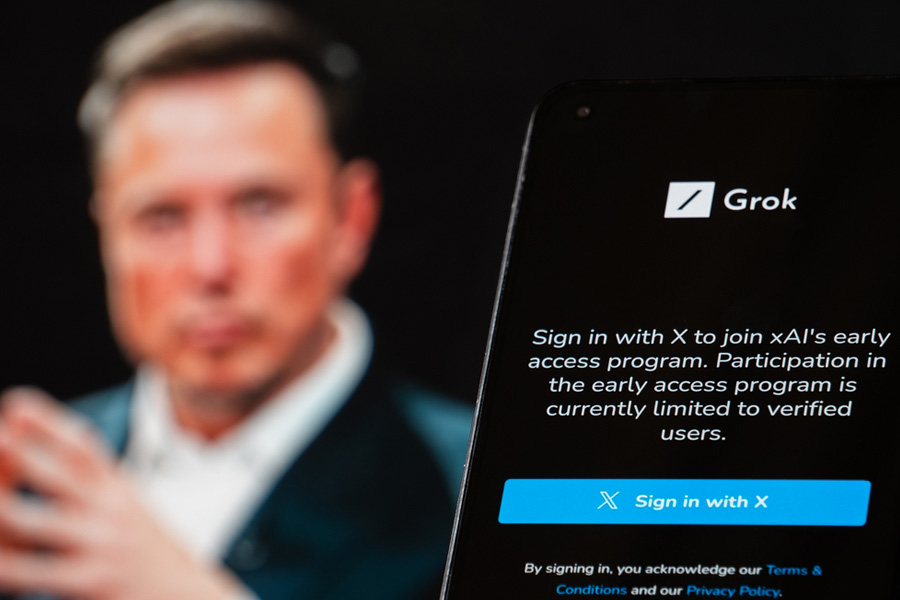Along list of Lynda Hollander’s paternal relatives had heart disease, and several had undergone major surgeries. So when she hit her mid-50s and saw her cholesterol levels creeping up after menopause, she said, “I didn’t want to take a chance.”
A cardiologist told Hollander that based on factors like age, sex, cholesterol and blood pressure, she faced a moderate risk of a major cardiac event, like a heart attack, within the next 10 years.
Doctors typically counsel such patients about the importance of diet and exercise, but Hollander, now 64, a social worker in West Orange, New Jersey, US, didn’t have much room for improvement. She was already a serious runner, and although “I fall off the wagon once in a while,” her diet was basically healthy. Attempts to lose weight didn’t lower her cholesterol.
Her doctor explained that a coronary artery calcium test, something Hollander had never heard of, could provide a more precise estimate of her risk of atherosclerotic heart disease. A brief and painless CT scan, it would show whether the fatty deposits called plaque were developing in the arteries leading to her heart.
When plaque ruptures, it can cause clots that block blood flow and trigger heart attacks. The scan would help determine whether Hollander would benefit from taking a statin, which could reduce plaque and prevent more from forming.
“The test is used by more people every year,” said Dr Michael Blaha, co-director of the preventive cardiology programme at Johns Hopkins University in the US. Calcium scans quadrupled between 2006 and 2017, his research team reported, and Google searches for related terms have risen even more sharply.
Yet “it’s still being underused compared to its value,” he said.
One reason is that although the test is comparatively inexpensive — sometimes up to $300 (₹26,000), but often $100 (nearly ₹9,000) or less — patients must pay for it out of pocket. Medicare rarely covers it, though some doctors argue that it should.
Patients with a CAC score of zero — no plaque — have lower risk than their initial assessments indicate and aren’t candidates for cholesterol-lowering drugs. But Hollander’s score was in the 50s, not high but not negligible.
“It was the first indication of what was going on inside my arteries,” she said.
Although guidelines vary, cardiologists generally offer statins to patients with calcium scores over zero, and suggest higher intensity statins when scores exceed 100. At over 300, patients’ risks approach those of people who’ve already had heart attacks; they may need still more aggressive treatment.
Hollander has taken a low dose of rosuvastatin (brand name: Crestor) ever since, supplemented by a nonstatin drug, a shot called evolocumab.
This is the way calcium testing is supposed to work. It’s not a screening test for everyone. It’s intended only for selected asymptomatic patients, ages 40 to 75, who have never had a heart attack or a stroke and are not already on cholesterol drugs.
The test helps answer a pointed question: to statin, or not to statin.
If a doctor calculates the 10-year risk of atherosclerotic cardiovascular disease at 5 per cent or lower, drugs are unnecessary for now. Over 20 per cent, “there’s no doubt the risk is sufficiently high to justify medication,” said Dr Philip Greenland, a preventive cardiologist at Northwestern University in the US and a co-author of a recent review in JAMA.
“It’s the in-between range where it’s more uncertain,” he said, including “borderline” risk of 5 per cent to 7.5 per cent and “intermediate” risk of 7.5 per cent to 20 per cent.
Why add another measurement to these assessments, which already incorporate risk factors like smoking and diabetes?
“A risk score is derived from a large population, with mathematical modelling,” Dr Blaha explained. “We can say that this score describes the risk of heart disease among thousands of people. But there are lots of limitations in applying them to one individual.”
A calcium scan, however, produces an image of one individual’s arteries. Dr Alexander Zheutlin, a cardiology fellow and researcher at Northwestern University, shows patients their images.
“When there’s plaque, it’s white,” he said. “It’s easy to see.”
Cardiologists tend to be fans of calcium testing because they so regularly encounter patients who are reluctant to take statins. People who feel fine may hesitate to start drugs they’ll take for the rest of their lives, despite statins’ proven history of reducing heart attacks, strokes and cardiac deaths.
In 2019, a survey of almost 5,700 adults for whom statin therapy was recommended found that a quarter were not in treatment. Of those, 10 per cent had declined a statin and 30 per cent had started and then discontinued, primarily citing fear of side effects.
An American College of Cardiology expert consensus report recently put the rate of muscle pain, statin users’ most common complaint, at 5 per cent to 20 per cent. Researchers consider the fear of side effects overblown, citing studies showing that reports of muscle pain were comparable whether patients took statins or placebos.
“The actual risk is much, much lower than the perceived risk,” Dr Zheutlin said.
Some caveats: no one has undertaken a randomised clinical trial to show whether calcium testing eventually reduces heart attacks and cardiac deaths. That’s why, although several professional associations endorse calcium scans to help determine treatment, the independent US Preventive Services Task Force has called the current evidence “insufficient” to recommend widespread use.
Such a trial would be expensive and difficult to mount, with many confounding variables. And pharmaceutical companies aren’t eager to underwrite one, since a successful result could mean that patients with zero scores avoid cholesterol drugs altogether.
NYTNS












